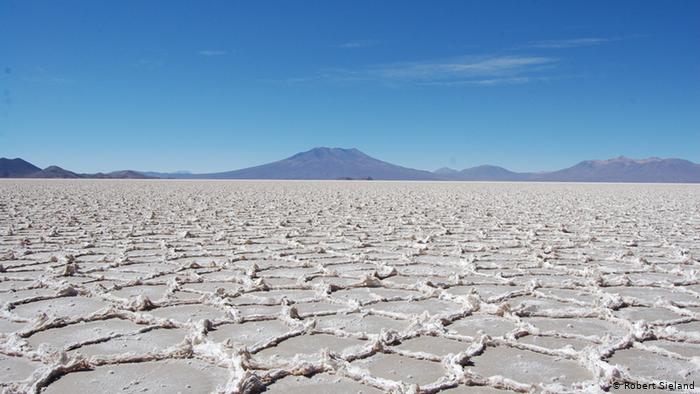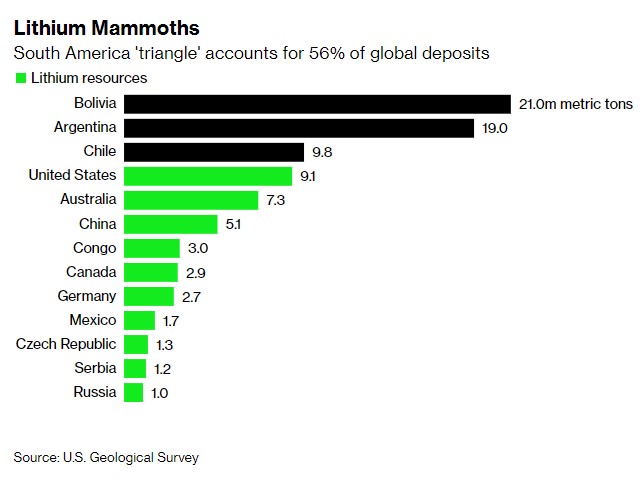All the plans of the “Lithium Triangle” on batteries

The vast majority of lithium deposits are concentrated in just three countries in South America: Bolivia, Argentina and Chile. The "Triangle" would actually like to go beyond mining and open battery factories. All the details
The transition to “clean” energies has created a great need for lithium: it is a metal that is used to manufacture batteries for the storage of renewable electricity and for electric vehicles; car manufacturers, however, have difficulty in obtaining it.
THE "LITHIUM TRIANGLE"
The known lithium deposits in the world amount to 89 million tons. Nearly 50 million are found in just three countries in South America – Bolivia, Argentina and Chile – which together form the so-called "Lithium Triangle".

On paper, Bolivia is the richest point of this imaginary triangle, with deposits of 21 million tons. Argentina, with 19 million, and Chile, with 9.8 million follow. In practice, however, Bolivia has many problems that could prevent it from realizing its potential: it has infrastructural deficiencies; it does not have access to the sea; it is limited on the technological side; it must change its mining legislation; finally, the ruling party does not look favorably on foreign investments. In contrast, Argentina is a rapidly growing lithium producer, while Chile is the second largest exporter in the world (after Australia).
THE PROBLEMS OF BOLIVIA
Bolivia has been chasing the lithium dream since the 1990s, when there was still no talk of energy transition, but without success. It failed to exploit its fields effectively, having concentrated on evaporation processes in basins with high concentrations of magnesium, and therefore with low yields. Today she declares she wants to focus on a new and theoretically more sustainable technology, direct extraction, but she lacks the technical competence and plant engineering capacity. The government also wants to start producing batteries by 2025: this is perhaps a too optimistic forecast, considering that Chile – which unlike Bolivia has been exporting a lot of lithium for some time – has never succeeded.
COMPANIES CONCERNED
Despite the unfavorable context, the vast lithium deposit in the Salar de Uyuni, where the Bolivian government wants to open a mining project, has nevertheless attracted the attention of several foreign companies. The American EnergyX and Lilac (supported by BMW and Bill Gates), the Chinese CATL (it is the first battery manufacturer on the planet) and Fusion Enertech, the Russian Uranium One and Tecpetrol from Argentina, among others. The president of Bolivia Luis Arce, of the Movement to Socialism party, is on good terms with China and Russia .
Bolivian law currently does not allow foreigners to mine lithium. However, the government would like to create public-private joint ventures (split between 51 and 49 per cent); local authorities hope to collect rich royalties from mining.
NOT JUST MINES, BUT BATTERY FACTORIES
In reality, lithium mining is not a high value-added activity: it means that it yields relatively little, and generally returns even less to the communities around the mining sites. This is why the entire South American “Lithium Triangle” wants to strengthen collaboration to try to position itself in one of the most profitable segments of the supply chain: the manufacture of batteries.
It hasn't made it so far, but the process of detaching from Asia and "shortening" the value chains could help.
This is a machine translation from Italian language of a post published on Start Magazine at the URL https://www.startmag.it/energia/triangolo-del-litio-batterie/ on Sun, 29 May 2022 05:55:30 +0000.
